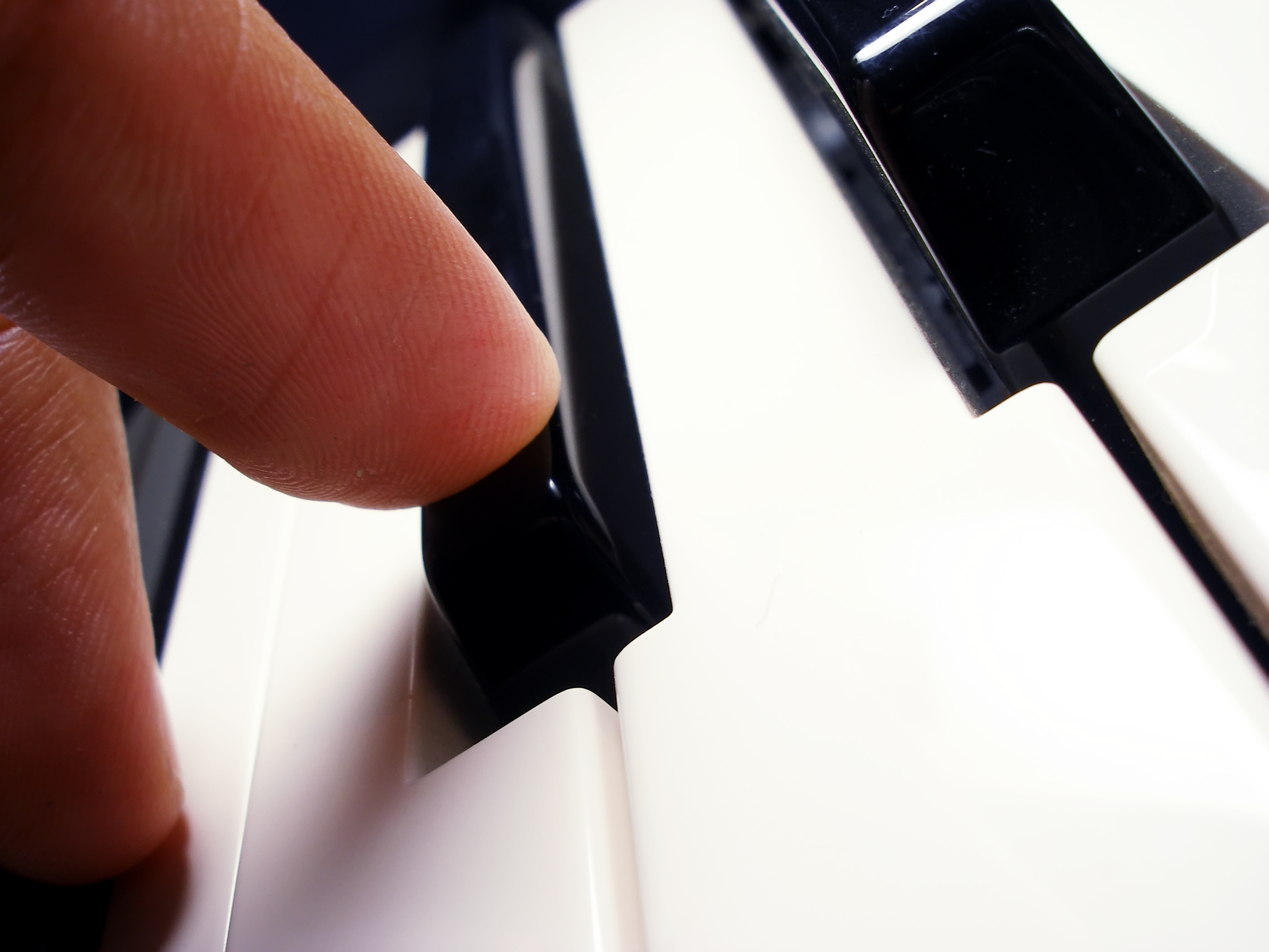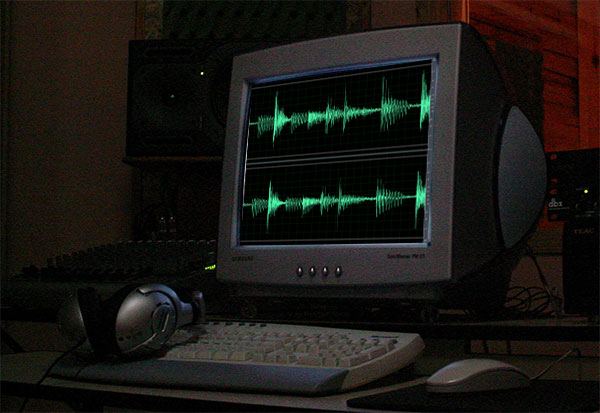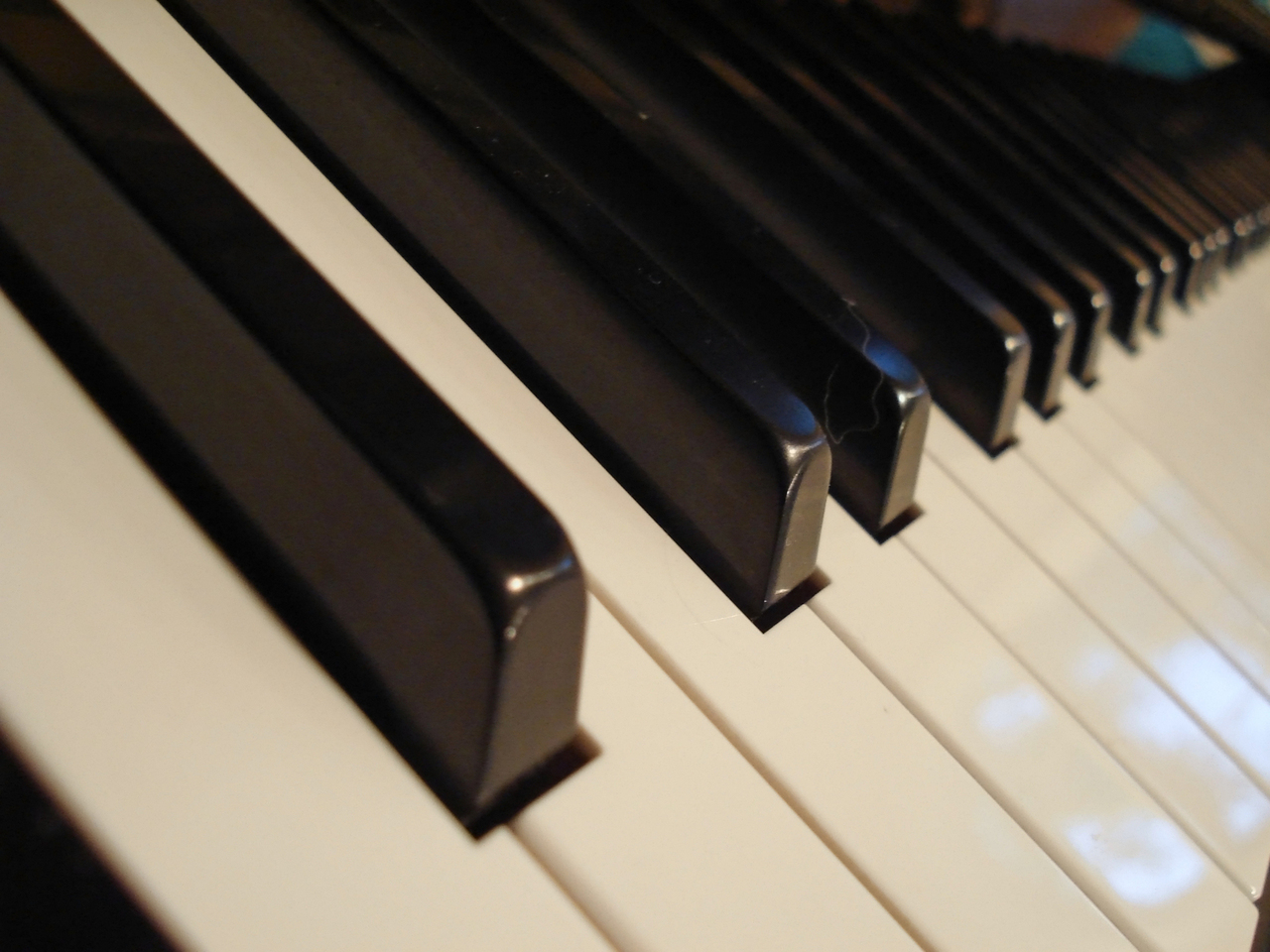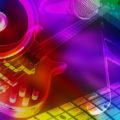The Place of Music Education in 21st Century

 How can music technology support teaching and learning in a classroom? Compared to hundreds of years ago, the way we experience music today is hugely different. In this century, we have new musical instruments that are well able to produce new sounds to concert venues that have internet and ear listening aid. We have instant access to music.
How can music technology support teaching and learning in a classroom? Compared to hundreds of years ago, the way we experience music today is hugely different. In this century, we have new musical instruments that are well able to produce new sounds to concert venues that have internet and ear listening aid. We have instant access to music.
Nevertheless, very little progress is evident in the way musicians are educated and shaped in school music programs. The reality of the matter is that there are dozens of quality resources and materials for educators to create music technology activities.
They include:
iNudge
If you are looking to create great sounding musical patterns effortlessly and promptly, look no further than iNudge. It mainly works as a pure tone matrix. You can create patterns of music by clicking on squares found in a 16 by 16 grid. Nearly anything that you create will sound right because the pitches basis is on the pentatonic scale, and the pattern plays in a loop. These patterns can get formed with chords or single notes. It is among the best teaching tools as it has numerous applications for a music classroom. Concepts that you can reinforce using it include layering, pitch, patterns in music, form, rhythm, composition, and arranging.
Isle of Tune
Are you into creating outstanding original compositions? If you’re keen on knowing how to start a compare and contrast essay, then this is the tool for you! It builds a musical city which affords a unique way for students to create compositions. Begin by laying down a road in any pattern and shape that you like, and then add houses, bushes, trees, and lampposts along the street side. As you drive your car down the street, every object passed by the vehicle makes a different melodic and rhythmic sound because all of these objects have sound palettes with several options. Students can hence create original compositions or known songs by using this tool.
Pattern Sketch
Are you more of a drummer? Well, there is an online tool for you too. Pattern Sketch is an online drum machine which enables you to make drum loops up to the length of 64 beats! It is equally easy to use. Once you click buttons on a grid, you will be in a position to make drum patterns from scratch. It has various drum kits sound sets that the students can choose. If the students had previously been learning how to play a basic rock pattern, this tool enables them to exhibit their understanding of the rock pattern and can create variations. Once finished, Money Machine lets you export your drum pattern as an wav, ogg or mp3 audio file if you intend to use a desktop as your workstation.
Incredibox
If you are planning on acquiring great arranging and remixing abilities, look no further than Incredibox. Just like the others, it is extremely user-friendly. It works best on an interactive whiteboard. It has a simple concept to it. You will be required to drag an icon from the bottom of the screen to an empty guy, and he will start to sing, whistle or beatbox. You can use up to seven guys at a go and a total of 20 sounds from five different categories.
Incredibox can also be used to reinforce layering, beatboxing, texture, timbre and many more. For the remix to sound more potent, the students can click on a downbeat to bring different parts in and out. The final link can be saved and emailed to the teacher.
Noteflight
For online notation solutions, Noteflight is the answer. It was launched in 2007 and is available in either basic or paid version. For K-12 teachers, they can use the paid versions as it includes extra features as opposed to the basic version. It is relatively easy to use for students, and they can create scores, have a chance to listen to them and eventually share them with others. The scores can get exported as a MIDI file; other notation software programs can open music XML file or as an audio or video file. One of its features permits you to create multimedia presentations by putting in sync online audio or video file with the Noteflight score. The tool includes support for education field through templates of learning activities for teachers who work with secondary and primary students.
Soundation
It enables the students to play virtual instruments, create backings for troops, and incorporate real-time effects and record original material. For those students who wish to follow up with music as a career, having experience with tools such as Soundation will give you a competitive edge over your peers. Soundation can be used to import MIDI files and record virtual MIDI instruments, record live instruments or record voices, and remix existing audio files.
Conclusion
It is perhaps past time for all who champion music education to reexamine the way musicians get educated. By incorporating the use of technology as part of students learning experience, it can result in an actual true 21st century music experience.
Do you have more suggestions on how education may be improved to incorporate technology?
 Kevin Nelson
Kevin Nelson
Professional Educator – Private Tutor – Content Writer – Leadership Consultant – Motivational Speaker







Leave a Reply